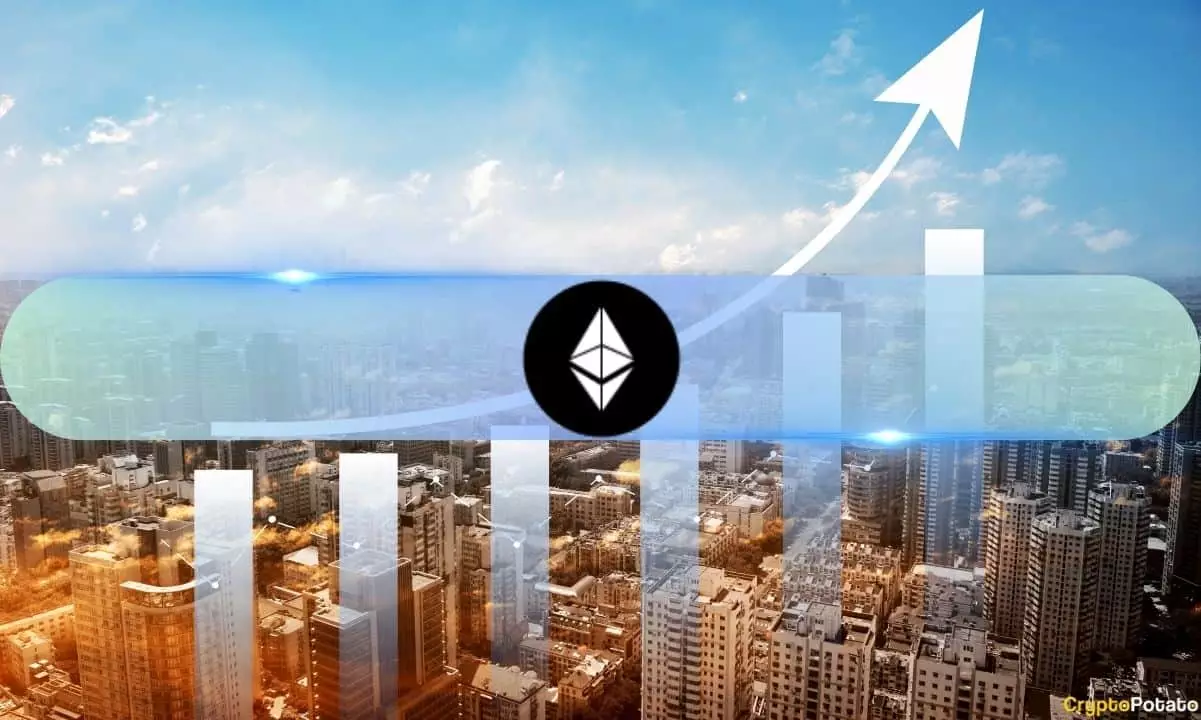Ethereum, a groundbreaking blockchain platform, currently stands at a pivotal junction, where its capabilities and utility are increasingly defined by two primary elements: marketplaces and stablecoins. A recent report by CoinShares highlights this phenomenon, indicating that these components collectively represent just over half of Ethereum’s active use cases. The dominance of decentralized finance (DeFi) protocols and the surge in stablecoin utilization illustrate Ethereum’s critical role as the foundational infrastructure for various cryptocurrency projects. As Ethereum continues to evolve, it faces the challenge of forging a clear path for future applications, raising questions about its sustainability and adaptability in a rapidly changing digital ecosystem.
Decentralized exchanges (DEXs) and platforms for Non-Fungible Tokens (NFTs) have solidified Ethereum’s reputation as the primary blockchain for tokenized assets. Notably, Uniswap, a leading DEX, has played a significant role, generating approximately 15% of all transaction fees on Ethereum during the first half of 2024. This figure not only emphasizes the platform’s transactional volume but also reflects the growing reliance on Ethereum for trading and liquidity. The NFT marketplace OpenSea has similarly contributed to Ethereum’s fee generation; however, its prominence has waned since its peak of $572 million in transaction fees in the first half of 2022.
Marketplaces are not just contributing to Ethereum’s financial performance; they are also shaping user behavior and engagement within the crypto space. The ease of trading assets and the burgeoning marketplace for NFTs serve as a magnet for both newcomers and seasoned users alike. This interplay between user experience and transaction fees underlines the importance of a vibrant marketplace ecosystem for Ethereum’s longevity.
At the same time, stablecoins like Tether (USDT) and USD Coin (USDC) have emerged as crucial players within the Ethereum environment, with over $135 billion in circulating supply on the network. These digital currencies are essential for maintaining stability in the often volatile crypto market, allowing users to easily facilitate transactions, transfer value, and interact with DeFi platforms. By tying their value closely to fiat currencies, stablecoins enhance liquidity and enable seamless cross-border payments, underscoring their significance in the broader financial landscape.
While the integration of stablecoins into the Ethereum ecosystem underscores its versatility, it raises pertinent questions about the blockchain’s scalability and sustainability. As more users flock to ERC-20 tokens like USDT and USDC for transactions, the pressure on Ethereum’s existing infrastructure becomes increasingly palpable. This highlights the necessity for robust scaling solutions and efficient network upgrades.
Reflecting on its current standing, the CoinShares report prompts a critical question: what lies ahead for Ethereum? Analysts assert that recent upgrades, notably the transition to Proof-of-Stake (PoS) and the development of Layer 2 (L2) solutions, position the network favorably for future growth. Yet, the prospect of future innovation remains speculative, particularly regarding new decentralized applications (dApps) that could expand Ethereum’s usage beyond marketplaces and stablecoins.
The potential for diverse applications—ranging from enterprise adoption to gaming and metaverse-related innovations—exists, but the onus is on Ethereum to attract developers to explore and implement these ideas. In a landscape where demand for decentralized solutions continues to evolve, achieving real-world applicability poses a significant challenge.
As James Butterfill, head of research at CoinShares, points out, the long-term value of Ethereum is intrinsically tied to “demand for Ethereum transactions.” The ability to create “sustainable on-chain utility” will be paramount in defining Ethereum’s future success. With many competing platforms vying for attention, Ethereum must focus on enhancing its offering to ensure it not only remains relevant but also becomes integral to users’ daily lives.
Ethereum stands at a crossroads defined by its current strengths and future unfolding possibilities. The need for innovation must be coupled with a commitment to building a robust, scalable ecosystem that transcends its existing use cases. While the journey is fraught with uncertainties, Ethereum’s foundational position in the blockchain landscape makes it a crucial player to watch in the years to come.
















Leave a Reply